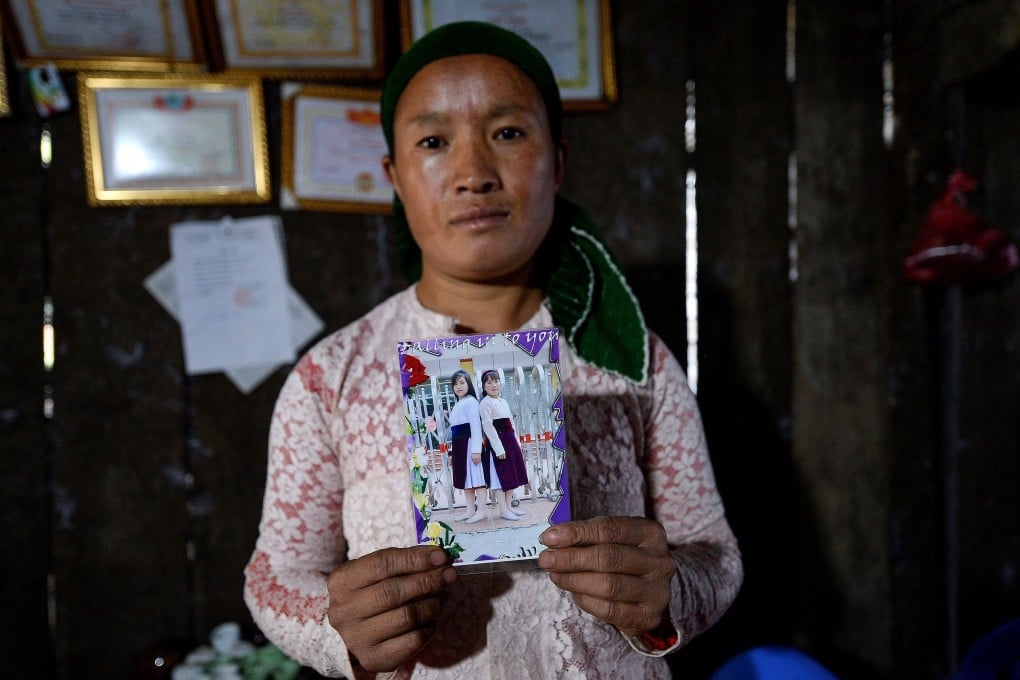Opinion | How China’s ‘missing women’ problem has fuelled trafficking and forced marriage
- To prevent trafficking, countries must better train their immigration officers and boost socioeconomic conditions in vulnerable areas, while China should make a sustained effort to punish perpetrators and support victims

For most, marriage holds the potential for a lifetime of love, family and partnership. Across rural China and around its periphery, however, women are being lured by false promises of good jobs and a better future, only to be trapped in forced marriages that are a nightmare of abuse, including sex trafficking and forced labour in some cases.
With human trafficking around the world on the rise, and as we, in the US, recognise National Slavery and Human Trafficking Prevention Month, it is imperative that those who continue in this practice are held accountable.
Each year, deceptive or coercive brokers transport thousands of women from Asian and African countries to China, where they are subjected to sex trafficking, living as a concubine, forced childbearing, and forced labour in domestic servitude under the false pretence of marriage.

02:13
The Vietnamese daughters sold into China’s booming ‘buy-a-bride’ trade
Through corrupt immigration channels, unscrupulous brokers facilitate marriages with prospective “husbands”, who pay thousands of dollars to recruit and transport women and girls. Those who escape these situations often leave their children behind.


